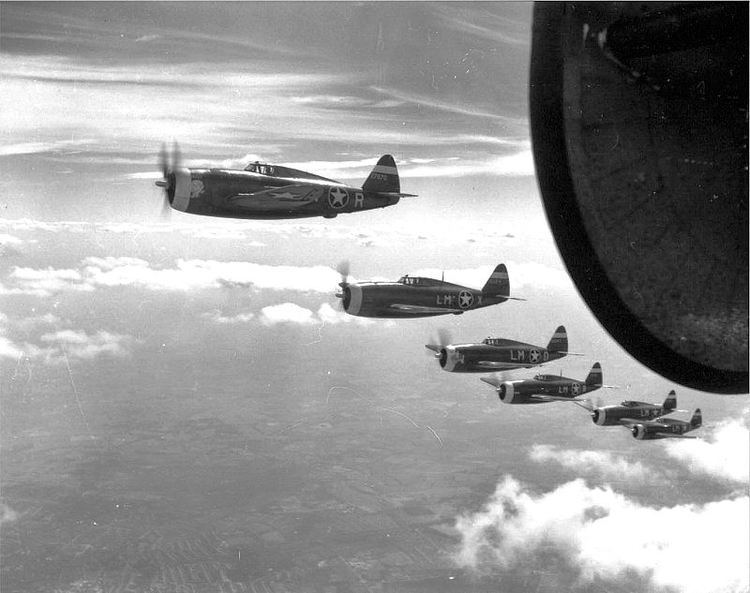Dates 14 Jun 1943 – 19 Apr 1944 | Result Disputed | |
 | ||
Similar Combined Bomber Offensive, RAF raid on La Caine HQ, Battle of Ushant, Battle of Le Mesnil‑Patry, Operation Samwest | ||
The Pointblank directive authorised the initiation of Operation Pointblank, the code name for the primary portion of the Allied Combined Bomber Offensive intended to cripple or destroy the German aircraft fighter strength, thus drawing it away from frontline operations and ensuring it would not be an obstacle to the invasion of Northwest Europe. The Pointblank directive of 14 June 1943 ordered RAF Bomber Command and the U.S. Eighth Air Force to bomb specific targets such as aircraft factories, and the order was confirmed when the Allies met at the Quebec Conference, 1943.
Up to that point the RAF and USAAF had mostly been attacking German industry in their own way – the British by broad night attacks on industrial areas and the US in "precision attacks" by day on specific targets. The operational execution of the Directive was left to the commanders of the forces and as such even after the directive the British continued in night attacks and the majority of the attacks on German fighter production and combat with the fighters was down to the USAAF.
In practice the USAAF bombers made large scale daylight attacks on factories involved in the production of fighter aircraft. The Luftwaffe was forced into defending against these raids, and its fighters were drawn into battle with the bombers and their escorts. It was these battles of attrition that reduced the Luftwaffe strength despite increases in German aircraft production.
Casablanca directive
At the January 1943 Casablanca Conference, the Combined Chiefs of Staff agreed to conduct the Combined Bomber Offensive (CBO), and the British Air Ministry issued the Casablanca directive on 4 February with the object of:
"The progressive destruction and dislocation of the German military, industrial and economic systems and the undermining of the morale of the German people to a point where their capacity for armed resistance is fatally weakened. Every opportunity to be taken to attack Germany by day to destroy objectives that are unsuitable for night attack, to sustain continuous pressure on German morale, to impose heavy losses on German day fighter force and to conserve German fighter force away from the Russian and Mediterranean theatres of war".
On 14 June 1943, the Combined Chiefs of Staff issued the Pointblank directive which modified the February 1943 Casablanca directive. Along with the single-engine fighters of the CBO plan, the highest priority Pointblank targets were the fighter aircraft factories since the Western Allied invasion of France could not take place without fighter superiority. In August 1943, the Quebec Conference upheld this change of priorities.
Among the factories listed were the Regensburg Messerschmitt factory (which would be attacked at high cost in August), the Schweinfurter Kugellagerwerke ball-bearing factory (attacked in October and also causing heavy USAAF losses) and the Wiener Neustädter Flugzeugwerke (WNF) which produced Bf 109 fighters.
